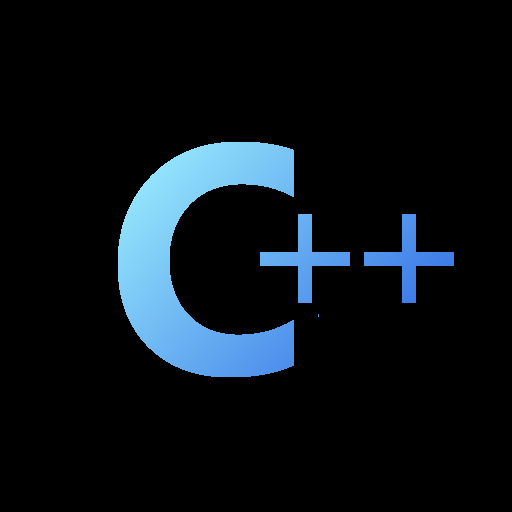I’m working on a project that makes heavy use of multithreading; I think it’s been years since I wrote code that didn’t at least use std::thread or std::async to some extent.
I started programming in C for bare-metal AVR microcontrollers (no threading needed in that case), and I didn’t really move into C++ until just after C++11 was already established; that is to say, I have always had access to concurrency tools that are built into the standard library.
I’m curious how threads were implemented prior to C++11; I know that 3rd-party libraries exist for this, but how did the libraries themselves handle it? I’m assuming the only option was to use calls to the OS with a lot of preprocessor macros depending on the target OS. Writing loops with a stored state would work, but not only did coroutines not exist in the STL until much later, but this wouldn’t take advantage of multi-core CPUs, which were already commonplace before C++11.
There are certainly some times I take modern language features for granted. So, for the experienced programmers out there: How did it used to be done?


C++11 just standardized
boost::thread, which has been a thing since … at least 2001. Which was the same year POSIX standardized threads. Boost itself dates back to 1998, the same year C++ standardized.Documentation prior to Boost 1.31 is hard to find.
I should have expected that STL threads came from boost. I feel like the committee sometimes makes questionable decisions regarding what parts of Boost to standardize (I have yet to find a legitimate use case for std::any), but threads were a good decision.